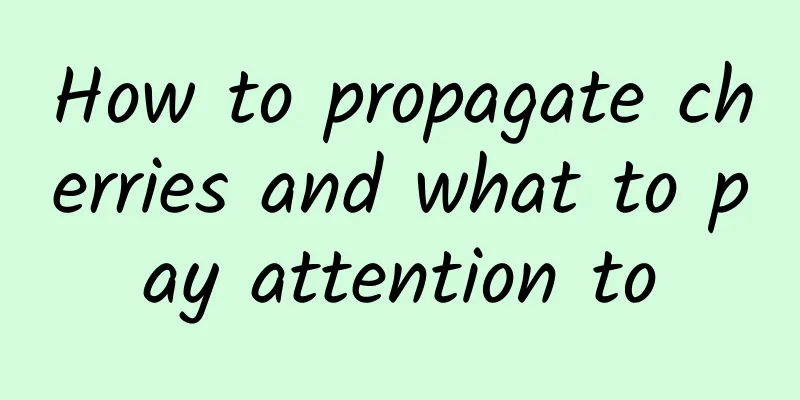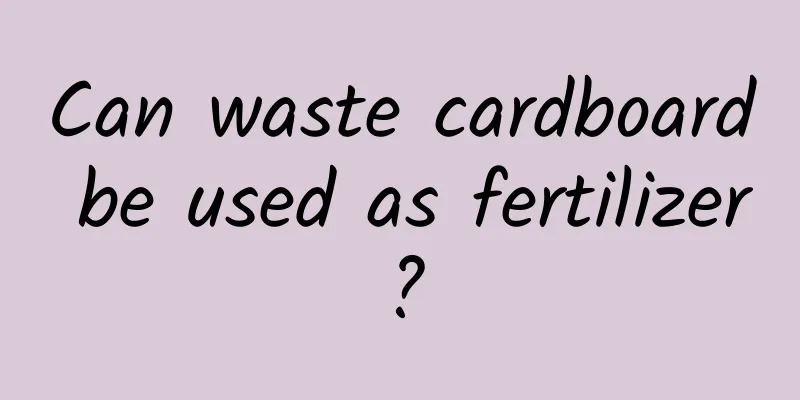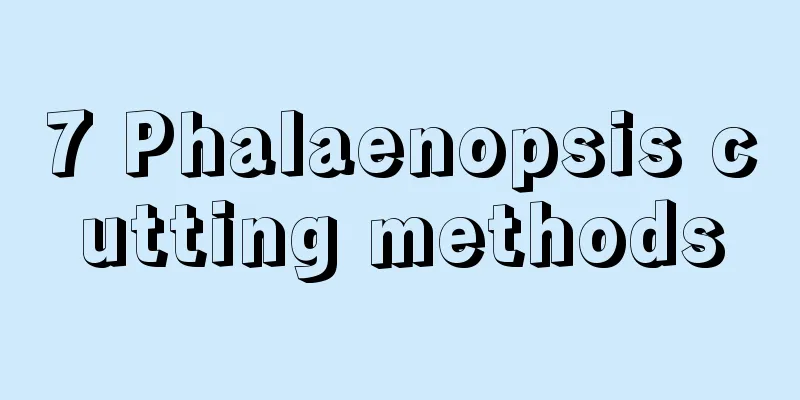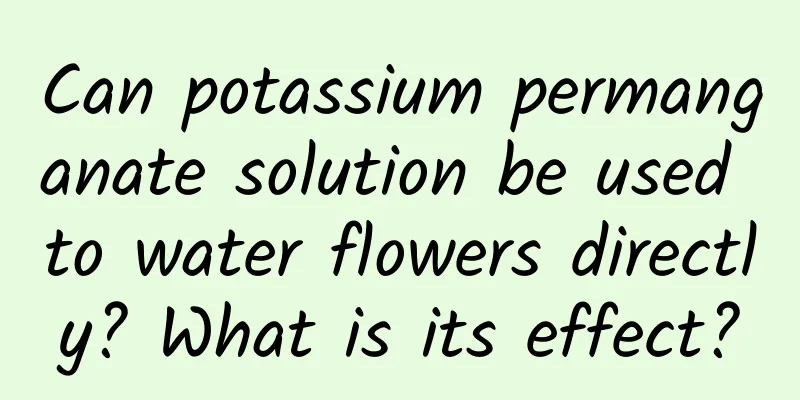How to cultivate plum bonsai
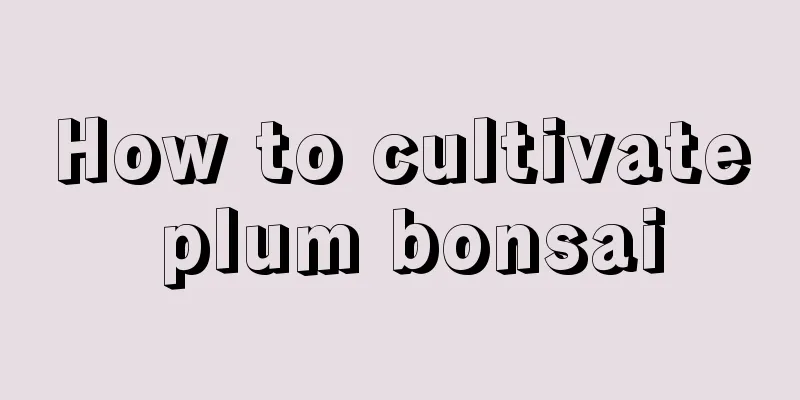
1. Breeding conditions1. Soil. Although plum blossoms are not very picky about the soil quality, you should choose loose and fertile soil, and do not water the bonsai frequently. The roots will have difficulty absorbing excess water, and drainage will be inconvenient, so the roots will easily rot. There is soil specially made for growing plum blossoms available for purchase on the market. 2. Temperature. Plum blossoms bloom in winter, which is the season when it grows most vigorously. Although it is not afraid of severe cold, it does not mean that it does not need light. If the light is insufficient, it will slow down photosynthesis, will not develop well, and will bloom less. It likes humidity, so if you place it indoors, keep it ventilated. 3. Humidity. If the plum blossom is still growing, water it appropriately. If it is hot in summer, you can spray water mist around it to ensure it has the humidity it needs. In summer, watering is generally required two or three times a day, while in spring and autumn it is relatively less, only once or twice. In winter, water the plant only when the pot is dry. 4. Fertilization. The plum blossom has strong vitality and does not need frequent care or frequent fertilization. If winter is coming, fertilize it once before that. If it is about to bloom, fertilize it once before that as well. If you plan to plant a new pot of plum blossoms, you must first prepare base fertilizer, which is the basic condition to ensure its healthy growth. 5. Repair. There are many benefits to pruning plum blossoms. First of all, removing the dead branches and leaves will make the plum blossoms more ornamental. Secondly, nutrients will not be wasted, otherwise the dead branches and leaves will take away the nutrients needed by the branches and trunks. So we have to remove these dead leaves and branches. If the plum blossom grows many branches, we also have to cut off some of them so that the nutrients can be used where they should be used. 6. Pests. Plum blossoms rarely have pests, but the possibility of insect infestation cannot be ruled out. If the plum blossoms in your home are unfortunately infested by pests, you can spray pesticides, but be sure to pay attention to the ratio of the solution, otherwise the plum blossoms themselves will be harmed and their petals will turn yellow. If the flowers are killed by spraying, the loss will outweigh the gain. 7. Diseases. If the plum blossom is affected by disease, the most common symptom is yellowing of the leaves and the whole tree looking listless. First, observe whether there are insect pests. If not, it is a disease. You can spray it with some nutrient solution. It is not necessary to spray it every day. Just spray it once every 7 days for about 30 days and it will be effective. And don't use too much, just make sure the flower is covered with it. 2. PrecautionsWhen the weather is too hot in summer, it should not be exposed to the sun and should be properly protected. |
<<: The difference between Solanum nigrum and black wolfberry
>>: Cultivation methods and precautions of short-leaf tiger tail orchid
Recommend
How to take care of newly bought roses
1. How to deal with newly bought roses When you f...
How to grow Buddha lotus in winter
Sunlight: The temperature in the north has droppe...
Cultivation methods and precautions of carambola
1. Soil Fertile and moist soil is most suitable f...
How to care for orchids after replanting with empty roots
1. Maintenance after replanting 1. Water: After r...
Hydrangea cutting method and time
1. Cutting time The ideal time for hydrangea cutt...
Is the daffodil poisonous? Can it be grown indoors?
Is the Ixora a poisonous plant? The fairy flower ...
How to plant litchi seeds
The fruit of lychee usually matures in April and ...
How to grow aloe vera
1. Pot soil It is best to choose soil for growing...
What to do if smooth sailing withers
1. Hydration and Moisturizing Reason: If you don&...
Is growing chrysanthemums profitable? The cost and profit of planting one acre
Is growing chrysanthemums profitable? There are m...
How to reproduce Amaranthus caudatus
1. Planting Amaranthus caudatus has tiny seeds, w...
How to change the soil of old winter beauty stump and what is the time and method of changing the soil
How to change the soil of old winter beauty stump...
How much potassium dihydrogen phosphate is appropriate to put in 30 kg of water
Potassium dihydrogen phosphate has always been a ...
Tips for Prolonging the Shelf Life of Cut Tulip Flowers
How long can cut tulips be preserved? How long ca...
Conditions for growing succulents outdoors in winter
Misconceptions about growing succulents outdoors ...


